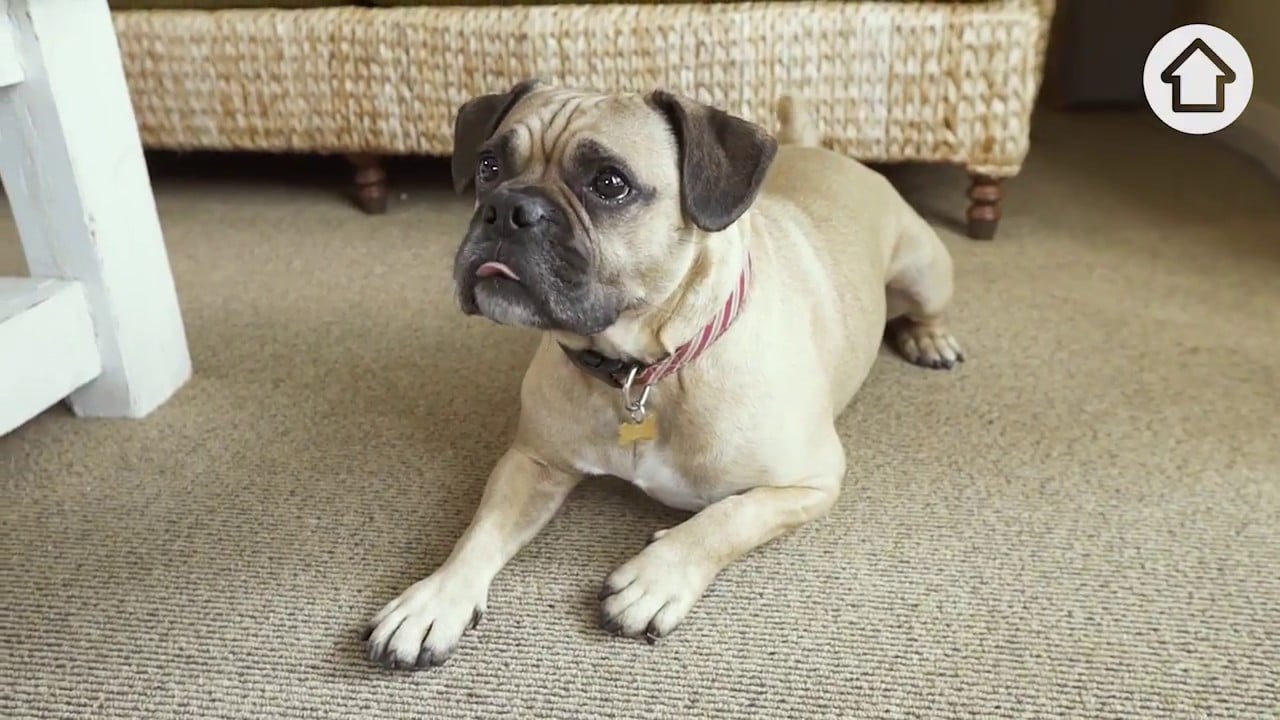Estimated reading time: 5 minutes
Table of contents
I am sharing some tips about drying out walking boots in this article. As you can imagine, I wear hiking boots a lot, both as a dog walker and as a scout leader. This is a follow-up to our article on cat litter.

Start the Cleaning and Drying process as soon as you can
Most of us will have been caught out in a sudden rain shower. Maybe you have been on a hike across muddy fields. As a result, our footwear ends up extremely wet.
Like waterproofs, your footwear will last longer if you look after them. Drying rapidly, using excessive heat on them, and not caring for the leather can lead to rapid deterioration. This will also lead to leather splitting.
Another top tip is to ensure you start drying as soon as you return. This ensures that your boots have maximum drying time.
Please note: As an Amazon Associate, I earn from qualifying purchases. I only recommend items I’d use and feel will benefit my audience. Thanks for supporting our blog!
Caring for your wet and muddy leather footwear
The first step to drying out walking boots is to clean any debris from your shoes. Whatever the boot, it is advised not to use any chemicals.
Using a soft brush and water, give them a light brush to remove debris.
If possible, remove the insole and put it on one side, which will help them dry quicker.
Leather boots allow them to dry naturally where possible. Don’t dry them next to direct heat, in front of a fire, on a radiator or in a hot room. This can cause the fabric of the footwear to crack and shrink. When faced with a pair of soggy, wet walking boots, this is often our first thought, but beware of over-drying them, affecting even worse damage.
Once dried, it is worth considering some leather balm on them to help restore and nourish the leather.
Cleaning synthetic footwear
Use a similar cleaning procedure as leather footwear, although it is possible to use specialist products as the rubber and man-made fabrics will stand up to the cleaning solvents. You will find assorted solutions available to buy to remove marks and stains from your synthetic footwear.
Common methods for drying out walking boots
There are many remedies for drying out your soaking footwear, some of which are well-tried and tested. The soldiers in the trenches of WW1 used rolled-up newspapers to dry out their boots – although where they got their newspapers from remains a mystery!
Newspaper
One of the most effective treatments to help dry out your footwear is to compact crumpled newspaper sheets and stand the damp boots in a non-heated area. Refresh the newspaper often until they are thoroughly dried.
Towel
Similarly to the newspaper drying hint, a towel will absorb any excess liquid inside your wet shoes. First, ensure any excess mud is removed, then push the corners of the towel down inside the toe area. Wrap the remaining towel around the outside of the shoes and leave for several hours. You may have to repeat the process with a dry towel.
Rice
Cover the bottom of a large plastic bin with around 1 inch of rice. Place your soggy, wet footwear on the rice and seal the lid onto the bin. After a few hours, the rice should have absorbed the moisture, and your shoes should be dry and ready to use again.
Silica Gel Sachets
Those small packs of Silica Gel that arrive in postal packages and new shoe boxes are handy for helping to dry out footwear, although you will need to collect quite a few to fill your walking boots. Be wary of using these and leaving your boots lying around if you have pets in the house, as they are quite toxic if eaten.
Cat Litter is excellent for drying shoes and boots.
You may not think about cat litter to dry your wet boots, but try filling an old pair of socks or tights with cat litter and push down inside your boots. Leave overnight, and be amazed at how much moisture is absorbed. Cat litter in trainers and Wellington boots also make a fantastic deodoriser to rid them of sweaty feet odours!
Boot Dryers
Amazon sells Drysure Extreme boot dryers, which I put in my boots every night. These slip nicely into the boot and remove any moisture and smells from sweat. They do not require any batteries or produce any heat due to how they work. They can be used anywhere without damaging the boot. I have used it on camps with the scouts.
Sunshine
One of the best, natural ways to dry your footwear is to leave them out in the air/ Whilst this will take time, it won’t cause any damage to boots to dry slowly over a period of time. If you have a porch where you can leave them to dry, sunshine will be your best option.
The Bottom Line
You can experiment with these handy methods to see which suits you the best. However, if all else fails, here is a top tip as a last resort. Before putting your boots on, use bin liners to wear over your socks. The plastic bag will act as a decent barrier to keep your feet warm.
Finally, it is vital that walking shoes and boots (in fact, any shoe are stored in a dry place.
If you store boots whilst wet, they will be attacked by mould.
Remember, choosing the right footwear when dog walking is important, especially in wet weather.

